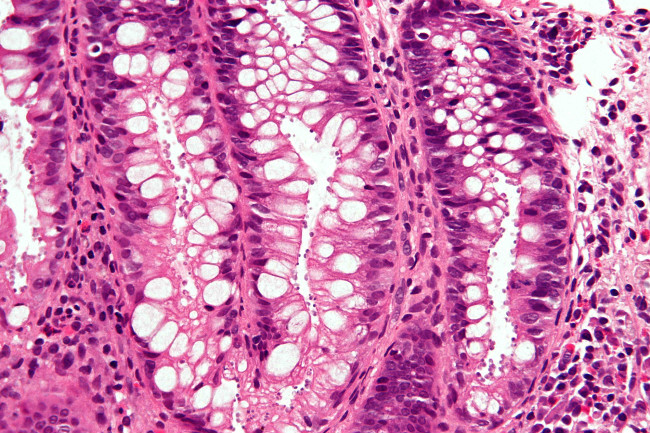Mobile Menu
- Education
- Research
-
Students
- High School Outreach
- Undergraduate & Beyond: Community of Support
- Current Students
- Faculty & Staff
- Alumni
- News & Events
- Giving
- About

Liam Mitchell
Almost $2 million is being invested by the Bill & Melinda Gates Foundation to help fight major parasitic diseases of the developing world.
The Structure-guided Drug Discovery Coalition (SDDC), an international collaboration of academic and industrial scientists coordinated by the Structural Genomics Consortium (SGC) at the University of Toronto, has been developing new medicines for tuberculosis and malaria on an existing Gates Foundation grant. It works using a highly collaborative model with over nine institutions actively working towards a common goal, and receiving up-to-date advice from the world’s best experts in those diseases. With this new funding, the SDDC expands its drug discovery mandate to include filarial diseases such as river-blindness and elephantiasis, which are caused by parasitic worms as well as cryptosporidiosis, which is the second-leading cause of infant diarrhea and estimated to be responsible for hundreds of thousands of deaths every year.
“The SDDC team has shown tremendous progress in the TB and malaria projects,” said Chris Walpole, who directs the SDDC from the SGC and is also an Adjunct Professor in U of T's Department of Chemistry. “We are looking forward to making a similar impact toward discovering drugs for filarial diseases and cryptosporidiosis.”
Ray Hui, Principal Investigator at the SGC and an Affiliate Scientist at the Toronto General Research Institute said: “"Research on these neglected diseases lags significantly behind other infectious diseases. By applying the SDDC's structure-guided drug discovery platform as well as repurposing the Coalition's assets in malaria and TB, there is an opportunity to fast-track the discovery of new medicines for these filarial diseases and cryptosporidiosis, which afflict over a billion people worldwide."

